
Programming languages have been one of the most important cornerstones of the modern digital world. These have enabled a wide range of innovations that were previously unseen.
For me, my first experience with programming languages happened when I was pursuing a bachelor's degree in computer applications (BCA). I was initially taught the venerable C programming language, then C++, and by the final year, I had learned Java, with Python being slowly introduced around the end of term.
Of course, nowadays, things are different for me. I haven't really spent any time coding since 2022, as I slowly transitioned to a more writing-focused line in my career.
Despite that, I try my best to keep an eye out for interesting programming languages, and with this list, I will be showcasing a few that I recently came across. If you are someone who gets excited about the idea of coding and programming languages, you should keep track of some of these intriguing options.
1. Pkl
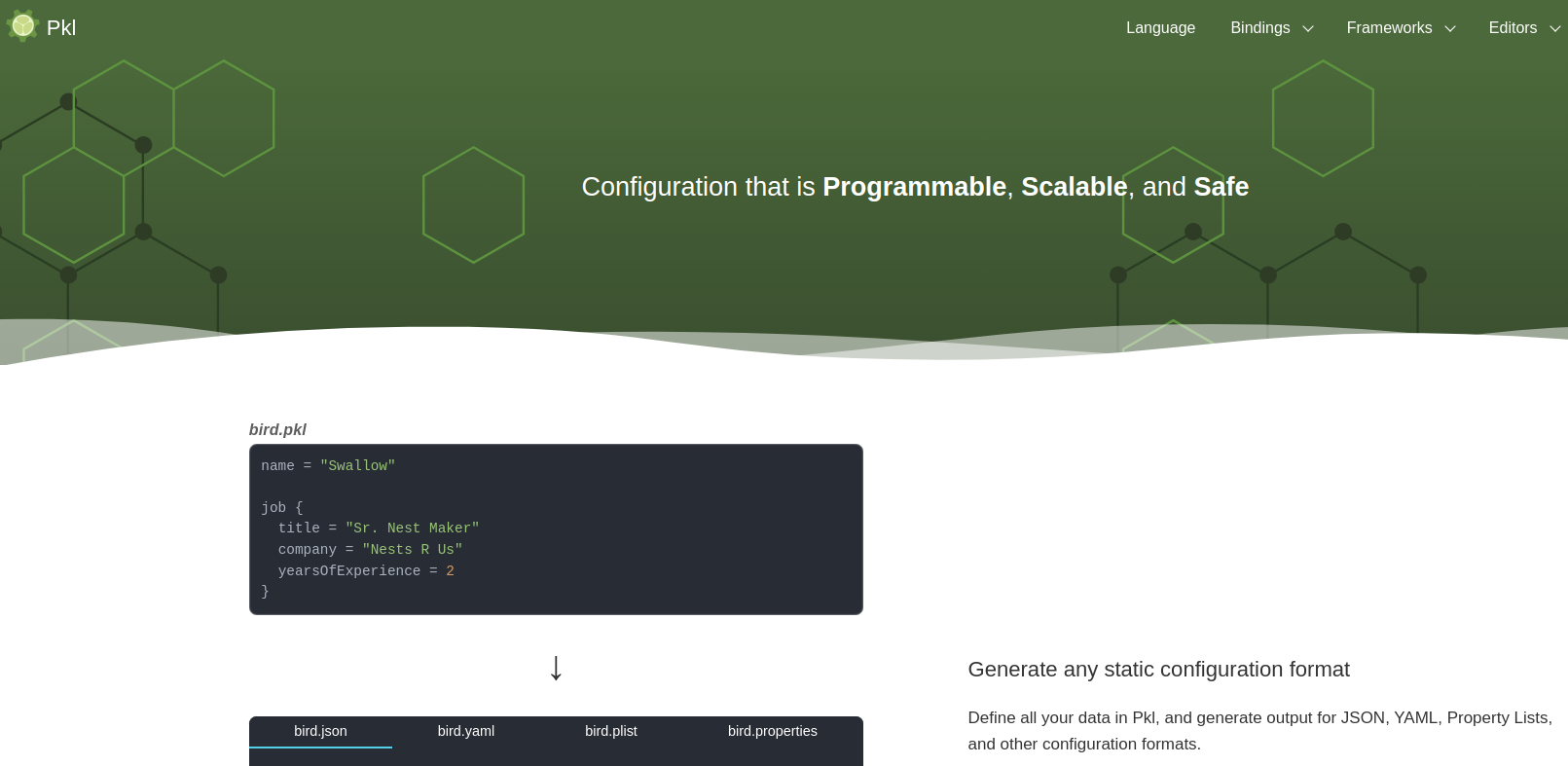
From the house of Apple, Pkl (pronounced Pickle) is a declarative programming language that was built as a configuration-as-code implementation with support for rich validation and tooling.
They introduced this to address the shortcomings of static languages like YAML, JSON, and Property Lists, when configuration became more complex.
Some key features include:
- Apache-2.0 License
- Great IDE Integration
- Can be used as a Command Line Tool
You can go to its official website and the documentation to get started with it. For those interested in the source code, they can refer to its GitHub repo.
2. Lax
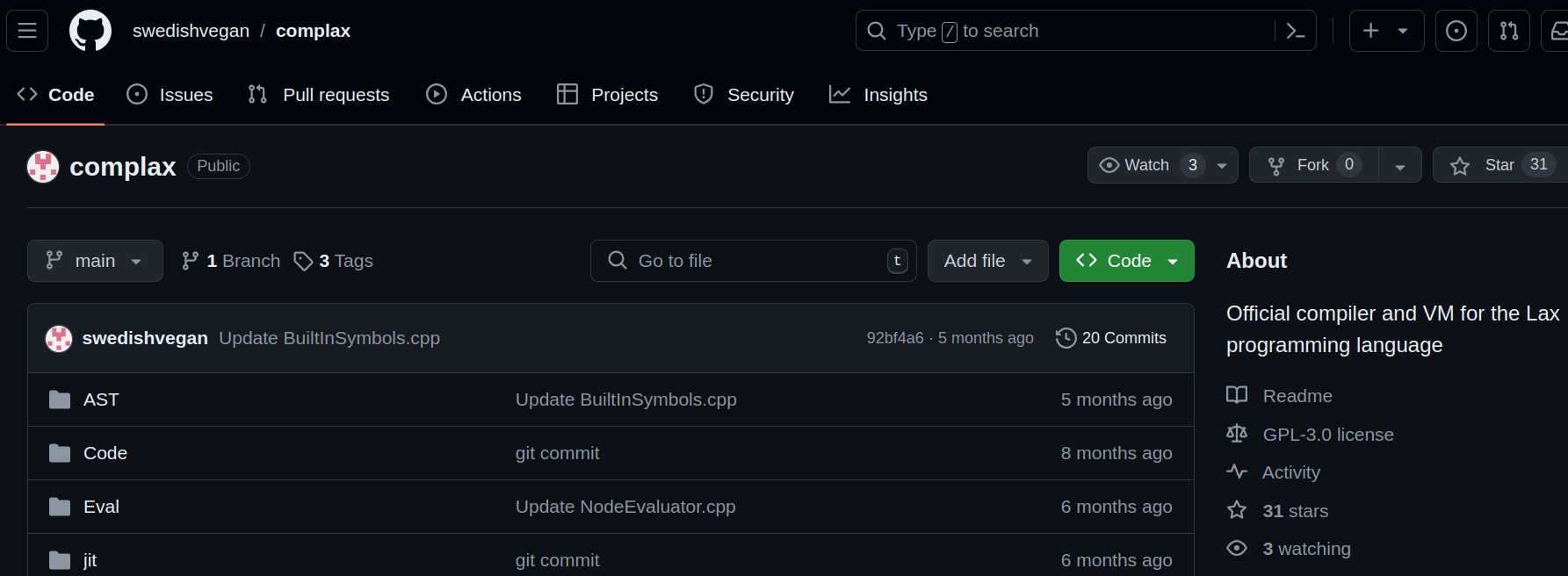
This is one of the newest programming languages in this list that was introduced on Reddit a few months ago by its lead developer as “a programming language where the syntax is whatever you want it to be”.
Being an under-development bit of kit, Lax was created because its creator felt that the way other languages parse and interpret code is “unnecessarily strict”.
They wanted to demonstrate that it was possible to build a language with highly loose/flexible syntax that wouldn't sacrifice on the level of performance and control offered by lower-level languages.
Some key features include:
- GPL-3.0 License
- Runs on a Virtual Machine
- Highly Extensible Syntax and Grammar
If this interests you, then you can get started with it by heading to its GitHub repo (complax), which features both the compiler and virtual machine for it.
3. Amber
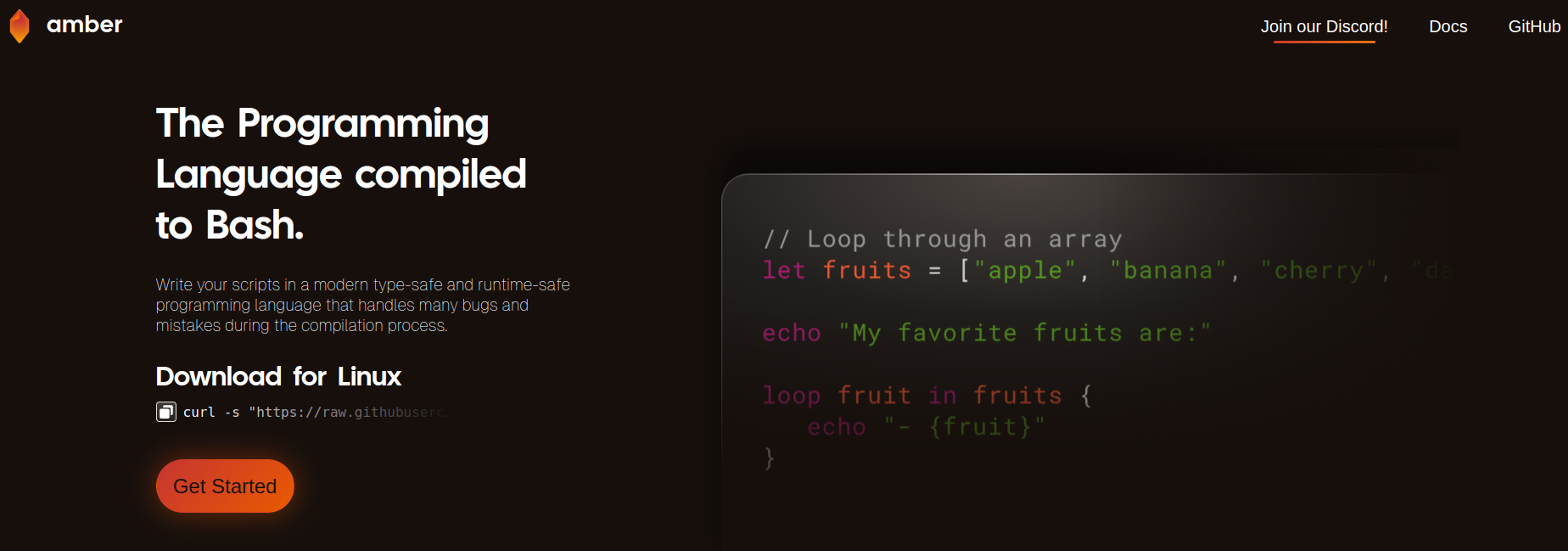
Amber is a programming language that makes Bash scripting easier by allowing users to write Bash scripts in a high-level programming language, closer to what a human might understand easily.
In our testing, Amber was easily able to generate functional Bash scripts that worked as expected, without any hiccups.
Some key features include:
- GPL-3.0 License
- Based on ECMAScript Syntax
- Type-Safe, Runtime-Safe Language
Those intrigued by this programming language can refer to its official website and documentation to get started with it. If you are interested in the source code, then give its GitHub repo a visit.
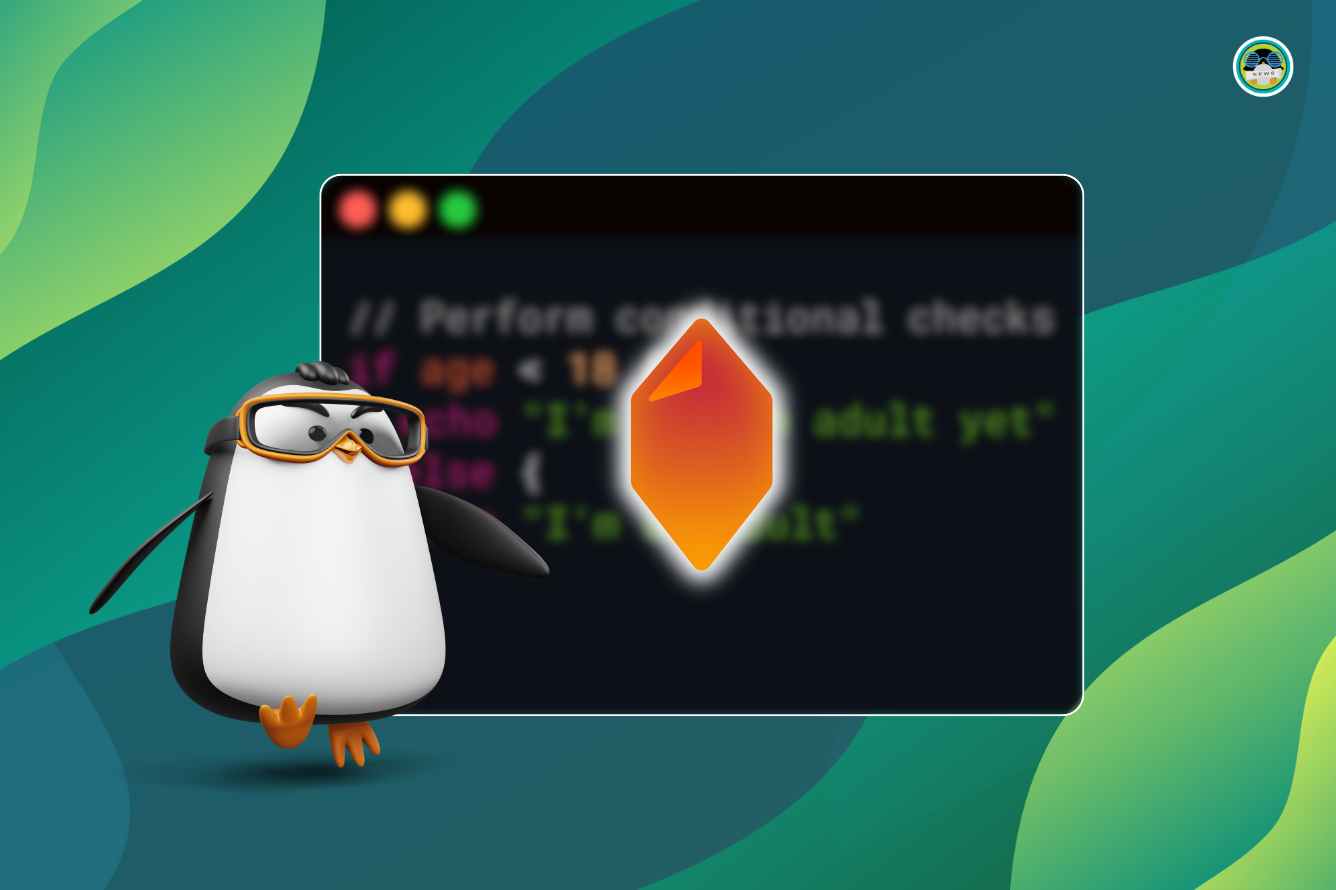
4. Scrapscript
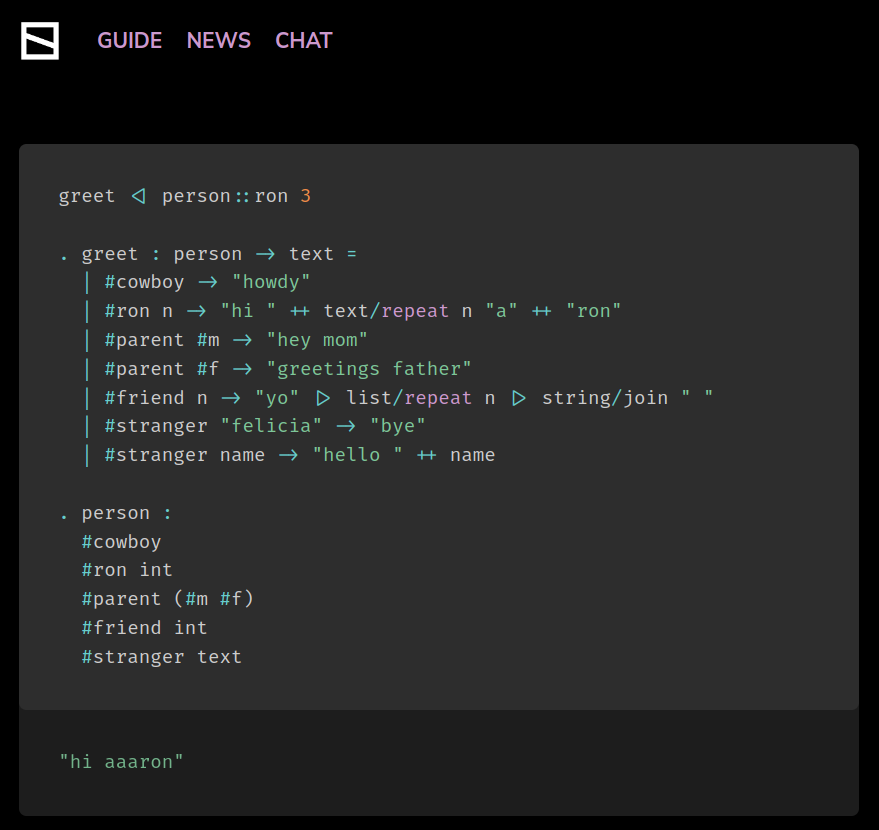
Marketed by its developer as a programming language that “solves the software shareability problem”, Scrapscript is meant to make software safe and sharable.
It does so with various elements that bring all this together. Take, for instance, the content-addressable nature of it, chunks of the language called “scraps” can be replaced with a hash, which can then be globally distributed in something called “scrapyards” that replace traditional package management.
Some key features include:
- MIT License
- Highly Modular Nature
- Immutable Dependencies
If this is something that interests you, then you can head to its official website to get started. They also have a guide that's quite helpful, and the source code is hosted on GitHub.
5. Knowledge Graph Language
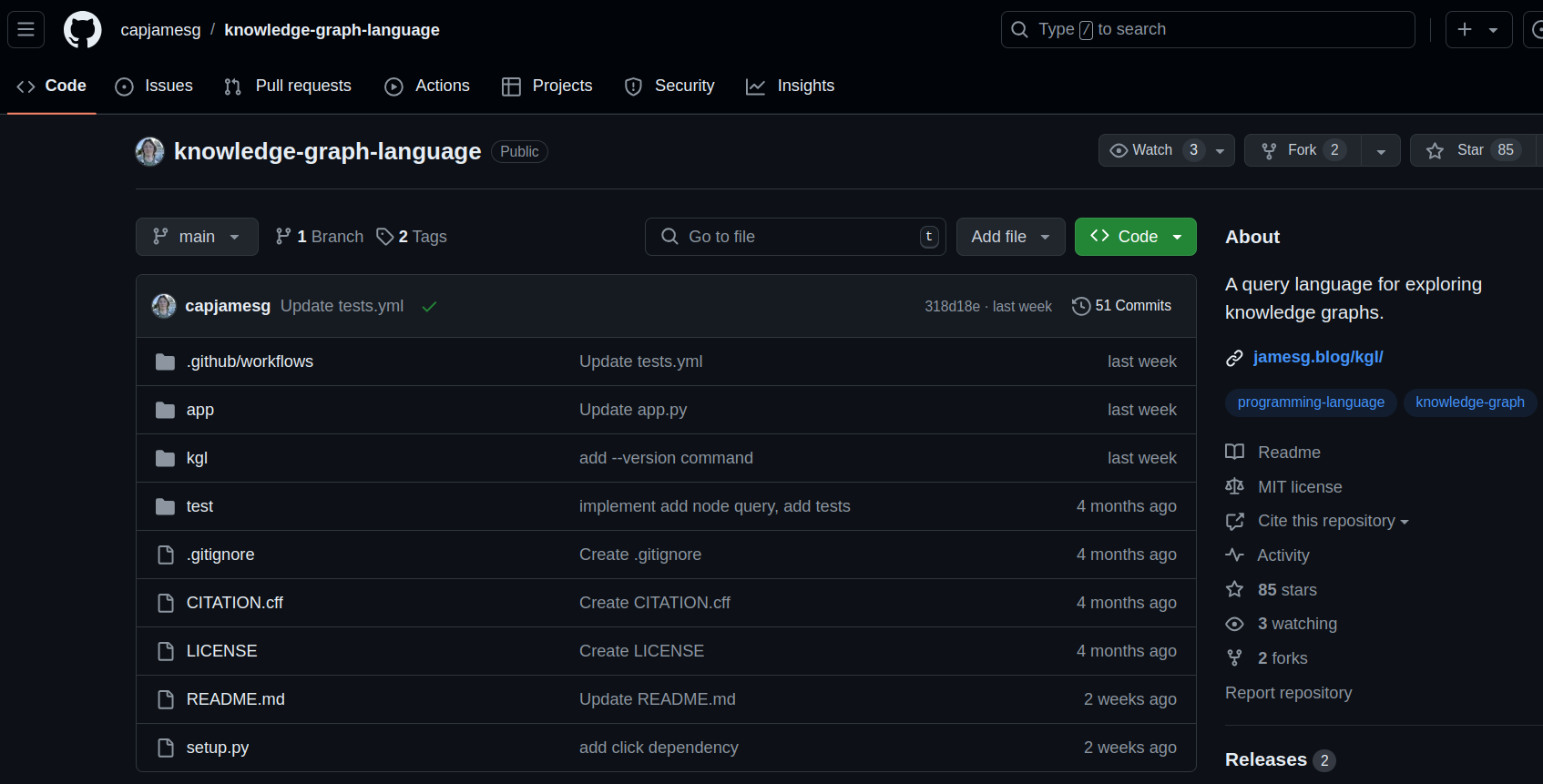
Knowledge graphs are a type of knowledge base that uses a graph-structured data model to handle data. You have most likely come across this when you used a search engine like Google, where these are used to serve up answers to commonly asked questions quickly, without the need for further input by the user.
Fascinated by how these work, James, a developer and technical marketer, set out to build a query language for knowledge graphs, and Knowledge Graph Language (KGL) is the result of that.
With KGL, you can interact with knowledge graphs in a straightforward way, carrying out tasks such as returning all connecting nodes, finding out how two separate nodes connect, and finding all attributes related to a node in a graph.
Some key features include:
- MIT License
- Supports Semantic Triples
- Based on Python & HTML
You can learn more about KGL by going over the recent blog by its lead developer, and its GitHub repo, where you will find a helpful README and access to the source code.
💬 Well, that was it for this list. If you are aware of any new programming languages that I missed, do let me know in the comments below!
Suggested Read 📖
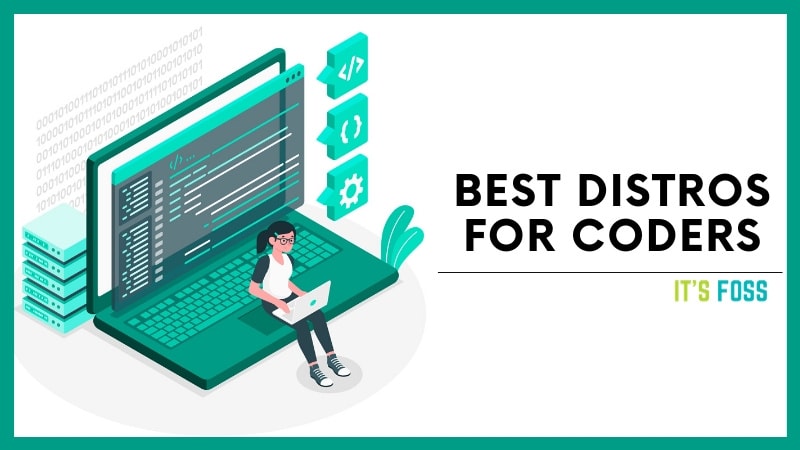
- Even the biggest players in the Linux world don't care about desktop Linux users. We do.
- We don't put informational content behind paywall. Your support keeps it open for everyone. Think of it like 'pay it forward'.
- Don't like ads? With the Plus membership, you get an ad-free reading experience.
- When millions of AI-generated content is being published daily, you read and learn from real human Linux users.
- It costs just $2 a month, less than the cost of your favorite burger.
Become a Plus Member today and join over 300 people in supporting our work.












